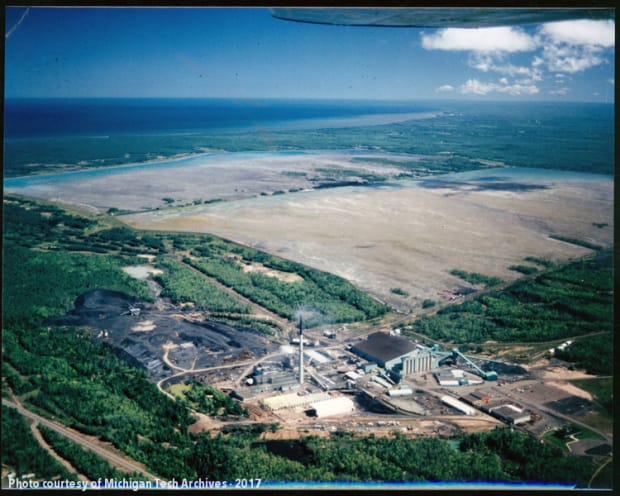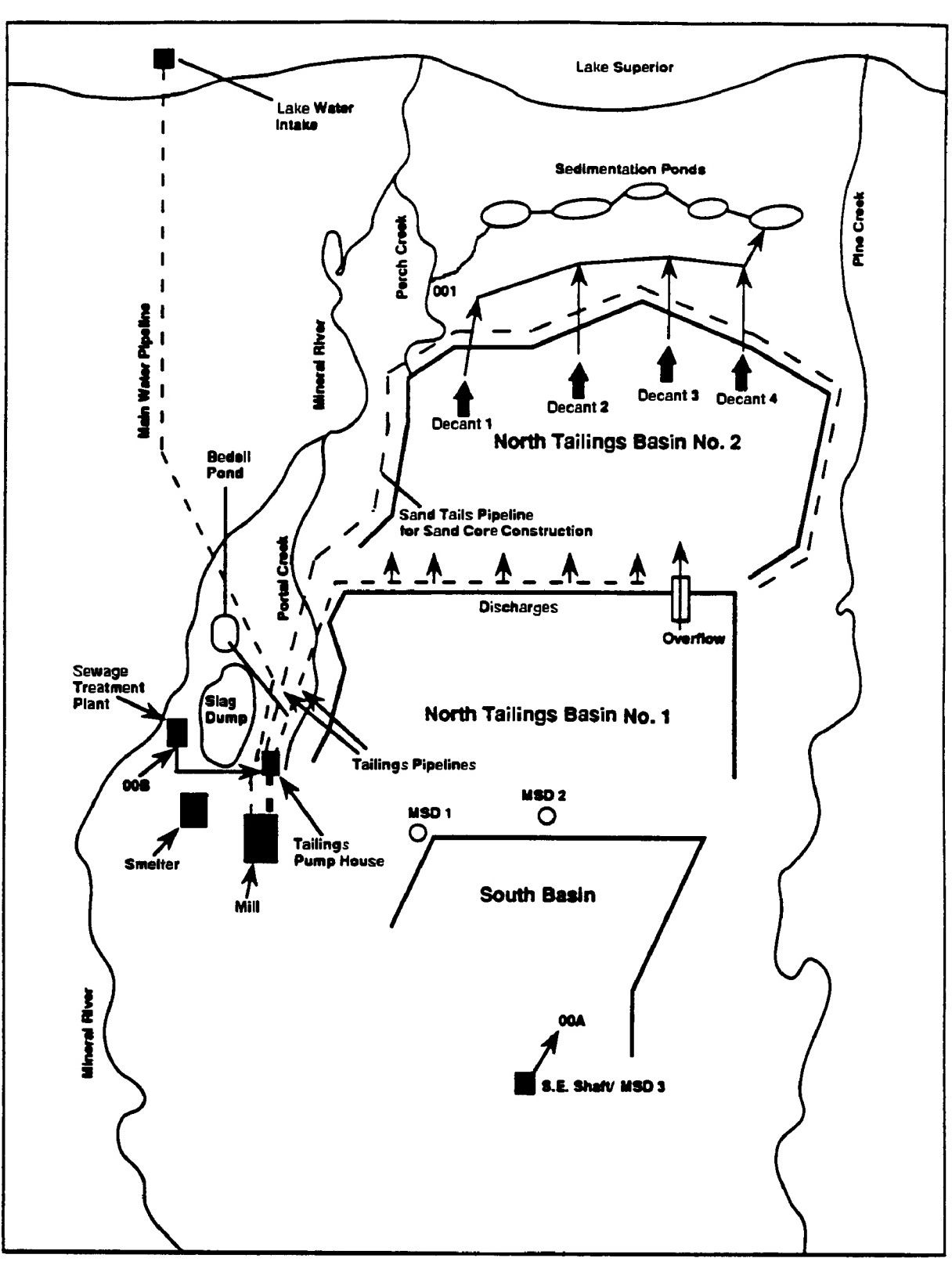- The906Report
- Posts
- Proposed White Pine North Would Dwarf the Copperwood Mine
Proposed White Pine North Would Dwarf the Copperwood Mine
Both projects involve Highland Copper Co., Inc.
The early-stage White Pine North project is one of the largest independent copper development projects in the United States, with a projected 22 year mine life, and would be larger in scope than the nearby Copperwood mine, which has drawn intense public scrutiny because of its proximity to the Porcupine Mountains Wilderness State Park.
The White Pine North would be in Ontonagon County, about 20 mines northeast of the Copperwood location.
Highland Copper Co., Inc., has an interest in both properties. It owns the Copperwood outright, and has a minority interest in White Pine North, in partnership with Kinterra Capital Corp., a mining-oriented private equity firm.
White Pine North would tap established ore body
The White Pine North mineral deposits contain an estimated 5.7 billion pounds of copper. The Copperwood, at 2.7 billion pounds of copper, is considerably smaller. [1]
The original White Pine mine closed in 1997 after producing more than 4.5 billion pounds of copper. At its peak, it had more than 3,000 employees [see p. 4-3]. Copper was mined, milled and refined on site.
The White Pine North project would exploit mineral deposits that were left behind when the original mine shut down. It would cost at least $615 million to build. If put into operation, it would employ about 545 workers, compared to about 380 at the Copperwood mine.
Both White Pine North and Copperwood are planned as underground mines. Ore would be milled on site to reduce it to a 30% copper concentrate, then shipped in 11-axle “road train” haul trucks 100 miles east to a transload facility [see p. 19-3] in Champion, Michigan. From there it would be exported by rail to Canada for smelting and refining.
White Pine North would utilize existing tailings basin
The White Pine North would reopen a tailings basin that was operational as early as 1971, and was mothballed when the original White Pine mine closed in 1997.

The original White Pine mine, ca. 1990. The tailings basin is the brown area in the middle background, fringed with impounded water at the top and to the right. Lake Superior, at the very top of the photo, is separated from the tailings basin by a thin strip of land. Image No Neg 2008-12-04-02 courtesy Michigan Technological University.
The existing tailings basin has three sections covering a total of 5,600 acres (8.75 square miles), according to a 1992 EPA site survey [see p. 4-28]. It is 5.5 miles long and up to 70 feet high. Outflow from the basin routinely flowed into Lake Superior when the original White Pine mine was in operation [see p. 4-10]. The downstream end of the basin complex is about two miles south of Lake Superior.
A slurry of tailings from the new concentrate mill would be pumped to the original tailings basin. The dam on the north side of the basin would need to be raised by 26 feet [see p. 18-11] over the life of the new mine to accommodate all of the tailings produced by the mill.

In this 1992 EPA diagram, note the outflow of process water from the north side of the White Pine tailings complex, upstream from Lake Superior
Copperwood much farther along in development process
White Pine North has at least a year to go before permit applications could be submitted to the Michigan Dept. of Environment, Great Lakes, and Energy (EGLE). [2] The Copperwood, on the other hand, is fully permitted, with a “go-no go” construction decision anticipated in early 2026 and full operation in 2029, if the project is funded.
Kinterra, the lead partner for the White Pine North, has never built a mine from scratch, but it recently acquired an operating copper mine in Nevada. Highland Copper is a so-called “junior mining company,” and has never built nor operated a mine.
Highland Copper and Kinterra Capital were given an opportunity to comment on this report. Kinterra declined; Highland Copper did not respond.
[1] These estimates are preliminary and are subject to further verification.
[2] Baseline environmental studies must be completed before permitting. The company expects those studies to continue through 2025.